Home>Construction & Tools>Building Materials>What Is Brick Made Out Of
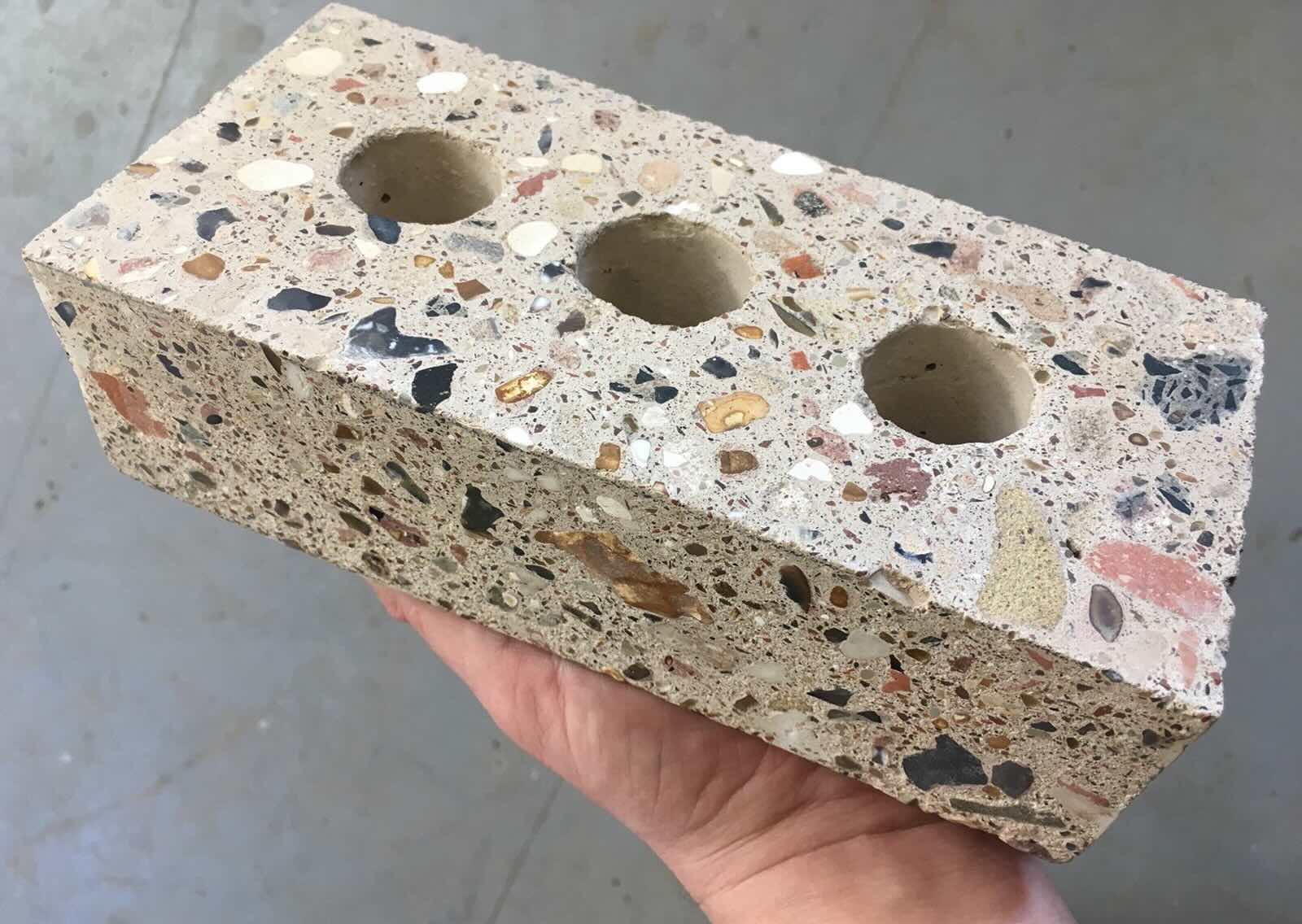

Building Materials
What Is Brick Made Out Of
Modified: February 18, 2024
Discover what building materials are used to make bricks and learn about the composition of this durable construction material. Explore the ingredients and process of creating bricks.
(Many of the links in this article redirect to a specific reviewed product. Your purchase of these products through affiliate links helps to generate commission for Storables.com, at no extra cost. Learn more)
**
Introduction
**
Bricks have been an integral part of construction for thousands of years, serving as fundamental building blocks in the creation of structures that have withstood the test of time. The process of making bricks involves a fascinating blend of science and art, with the selection of raw materials and the intricate manufacturing process playing pivotal roles in the creation of these durable and versatile construction elements.
In this article, we will delve into the world of brick making, exploring the history, raw materials, composition, and types of bricks. By gaining insight into what bricks are made of, we can develop a deeper appreciation for this essential building material and understand its enduring significance in the realm of construction. So, let's embark on a journey to uncover the secrets of brick making and gain a newfound understanding of this timeless construction staple.
**
Key Takeaways:
- Bricks are made from clay, shale, and other natural materials, carefully combined to create durable and versatile building blocks that have been used for thousands of years in construction.
- There are different types of bricks, each with unique functions and appearances, from traditional common bricks to specialized fire bricks and decorative glazed bricks, offering endless possibilities for architectural creativity.
Read more: What Is Brick Veneer Made Of
History of Brick Making
**
The history of brick making dates back to ancient civilizations, with evidence of fired bricks found in archaeological sites dating as far back as 3500 BC. The earliest bricks were made from mud and dried in the sun, providing an initial glimpse into the potential of this versatile building material.
One of the most significant advancements in brick making occurred in ancient Mesopotamia, where the use of kilns to fire bricks led to the production of more durable and resilient building blocks. This innovation laid the foundation for the widespread use of bricks in construction, revolutionizing architectural practices and enabling the creation of enduring structures.
As civilizations evolved, so did the techniques and methods of brick making. The Romans, renowned for their engineering prowess, further refined brick production by introducing new materials and firing techniques, resulting in bricks that were not only robust but also aesthetically pleasing.
Throughout history, bricks have played a pivotal role in the construction of iconic landmarks, from the majestic pyramids of Egypt to the magnificent Great Wall of China. The durability and versatility of bricks have stood the test of time, contributing to the longevity of these architectural marvels.
Fast forward to the modern era, and brick making has embraced technological advancements while retaining its fundamental principles. Today, the legacy of brick making continues to thrive, with contemporary manufacturing processes ensuring the production of high-quality bricks that uphold the tradition of durability and reliability.
The rich history of brick making serves as a testament to the enduring legacy of this time-honored building material, showcasing its remarkable journey from humble beginnings to becoming an indispensable component of construction worldwide.
**
Raw Materials Used in Brick Making
**
Brick making begins with the careful selection of raw materials, each playing a crucial role in determining the properties and characteristics of the final product. The primary components used in brick making include clay, shale, and other natural materials, each contributing to the overall quality and performance of the bricks.
Clay, renowned for its plasticity and cohesion when mixed with water, serves as the cornerstone of brick production. The composition of clay varies depending on geographical location, with different types of clay exhibiting distinct properties that influence the final attributes of the bricks.
Shale, a sedimentary rock formed from clay and other minerals, is another essential raw material used in brick making. Its inclusion in the manufacturing process contributes to the strength and durability of the bricks, enhancing their ability to withstand environmental factors and structural stresses.
In addition to clay and shale, sand, and other additives may be incorporated to modify the characteristics of the bricks. Sand, with its granular composition, helps regulate the plasticity of the clay mixture, while additives such as iron oxide or lime can impart specific colorations or improve the overall workability of the materials.
Water, although not a traditional raw material, plays a critical role in the brick making process, serving as a medium for blending and shaping the raw materials into the desired form. The precise control of water content is essential in achieving the optimal consistency for molding and firing.
By carefully selecting and combining these raw materials, brick manufacturers can tailor the properties of the bricks to meet specific structural and aesthetic requirements. The intricate interplay of these natural elements underscores the artistry and science behind brick making, highlighting the meticulous attention to detail that goes into creating this enduring construction material.
**
Bricks are typically made from clay, shale, or concrete. The materials are mixed with water, formed into the desired shape, and then fired in a kiln to harden.
Composition of Bricks
**
The composition of bricks is a finely tuned blend of raw materials, carefully orchestrated to yield a final product with the desired characteristics and performance attributes. The intricate interplay of clay, shale, and other additives results in a composition that defines the structural integrity, appearance, and durability of the bricks.
Clay, the primary component of bricks, serves as the binding agent, providing plasticity and cohesion that allows the raw materials to be molded into the desired shape. The mineral composition of the clay, including the presence of silica, alumina, and other elements, influences the firing behavior and structural strength of the bricks.
Shale, with its inherent strength and resilience, contributes to the composition by enhancing the compressive strength and durability of the bricks. Its inclusion in the mixture fortifies the structural integrity of the bricks, ensuring they can withstand the rigors of construction and environmental exposure.
Additional additives, such as sand, iron oxide, or lime, are incorporated to modify the composition of the bricks. Sand, when included in precise proportions, can influence the texture and porosity of the bricks, while iron oxide and lime can impart distinctive color variations and improve the workability of the materials.
The composition of bricks is further refined through the meticulous control of water content during the manufacturing process. The optimal moisture level is crucial in achieving the desired plasticity for molding and shaping the bricks, ultimately influencing their density, porosity, and overall structural performance.
By mastering the art of composition, brick manufacturers can tailor the properties of the bricks to suit specific architectural and engineering requirements. The harmonious fusion of raw materials and additives underscores the intricate alchemy of brick making, culminating in a composition that embodies the timeless balance of strength, resilience, and aesthetic appeal.
**
Types of Bricks
**
Bricks come in a diverse array of types, each designed to fulfill specific functions and aesthetic preferences in construction projects. From traditional red bricks to specialized variants, the world of brick manufacturing offers a rich tapestry of options that cater to an extensive range of architectural and engineering needs.
1. Common Bricks: Commonly known as traditional bricks, these are the standard rectangular units used in general construction. They are versatile, economical, and widely utilized in various structural applications.
2. Facing Bricks: Engineered for aesthetic appeal, facing bricks are crafted to exhibit a visually pleasing finish. They are often used as the visible exterior layer of walls, adding a touch of elegance and character to architectural designs.
3. Engineering Bricks: Renowned for their robustness and durability, engineering bricks are designed to withstand high levels of pressure and are commonly employed in load-bearing structures and foundations.
4. Fire Bricks: Engineered to withstand high temperatures, fire bricks are essential components in fireplaces, kilns, and industrial furnaces. Their ability to resist heat makes them indispensable in applications where standard bricks would be compromised.
5. Pavers: Pavers are specialized bricks used in landscaping and outdoor hardscaping projects. Their interlocking design and durability make them ideal for creating pathways, driveways, and patios.
6. Perforated Bricks: Featuring hollow cavities within their structure, perforated bricks offer enhanced insulation properties and are often used in the construction of interior walls to regulate temperature and dampen sound.
7. Special Shaped Bricks: These bricks are crafted to specific dimensions and shapes, catering to unique architectural requirements such as arches, corners, and decorative elements.
8. Glazed Bricks: Characterized by a smooth, glass-like finish, glazed bricks are favored for their decorative appeal and are commonly used in interior design to add a touch of sophistication and color.
Each type of brick embodies a distinct set of characteristics and functionalities, reflecting the versatility and adaptability of this time-honored building material. The myriad options available in the realm of brick types underscore the boundless potential for creativity and innovation in architectural and construction endeavors.
**
Read more: What Is Grass Made Out Of
Conclusion
**
The art of brick making is a testament to the enduring legacy of a building material that has shaped architectural marvels and stood the test of time. From the ancient kilns of Mesopotamia to the modern manufacturing facilities of today, the process of creating bricks has evolved while retaining its fundamental principles.
Understanding the raw materials, composition, and types of bricks provides a profound appreciation for the meticulous craftsmanship and scientific precision that underpin their production. The careful selection of clay, shale, and additives, coupled with the artful manipulation of water content, results in a symphony of elements that culminate in durable, versatile, and aesthetically pleasing bricks.
Bricks, in their myriad forms, serve as the foundational building blocks of architectural ingenuity, offering solutions for structural integrity, aesthetic expression, and functional versatility. From load-bearing engineering bricks to decorative facing bricks, each type plays a unique role in the construction landscape, embodying the adaptability and resilience of this time-honored material.
As we reflect on the history and craftsmanship of brick making, we gain a newfound appreciation for the enduring significance of this age-old tradition. The legacy of brick making continues to thrive, perpetuating a tradition that harmonizes artistry, science, and practicality in the creation of structures that endure for generations.
So, the next time you behold a towering edifice or a quaint brick-paved pathway, take a moment to marvel at the humble brick and the extraordinary journey that transforms raw materials into enduring testaments of human creativity and perseverance.
Frequently Asked Questions about What Is Brick Made Out Of
Was this page helpful?
At Storables.com, we guarantee accurate and reliable information. Our content, validated by Expert Board Contributors, is crafted following stringent Editorial Policies. We're committed to providing you with well-researched, expert-backed insights for all your informational needs.

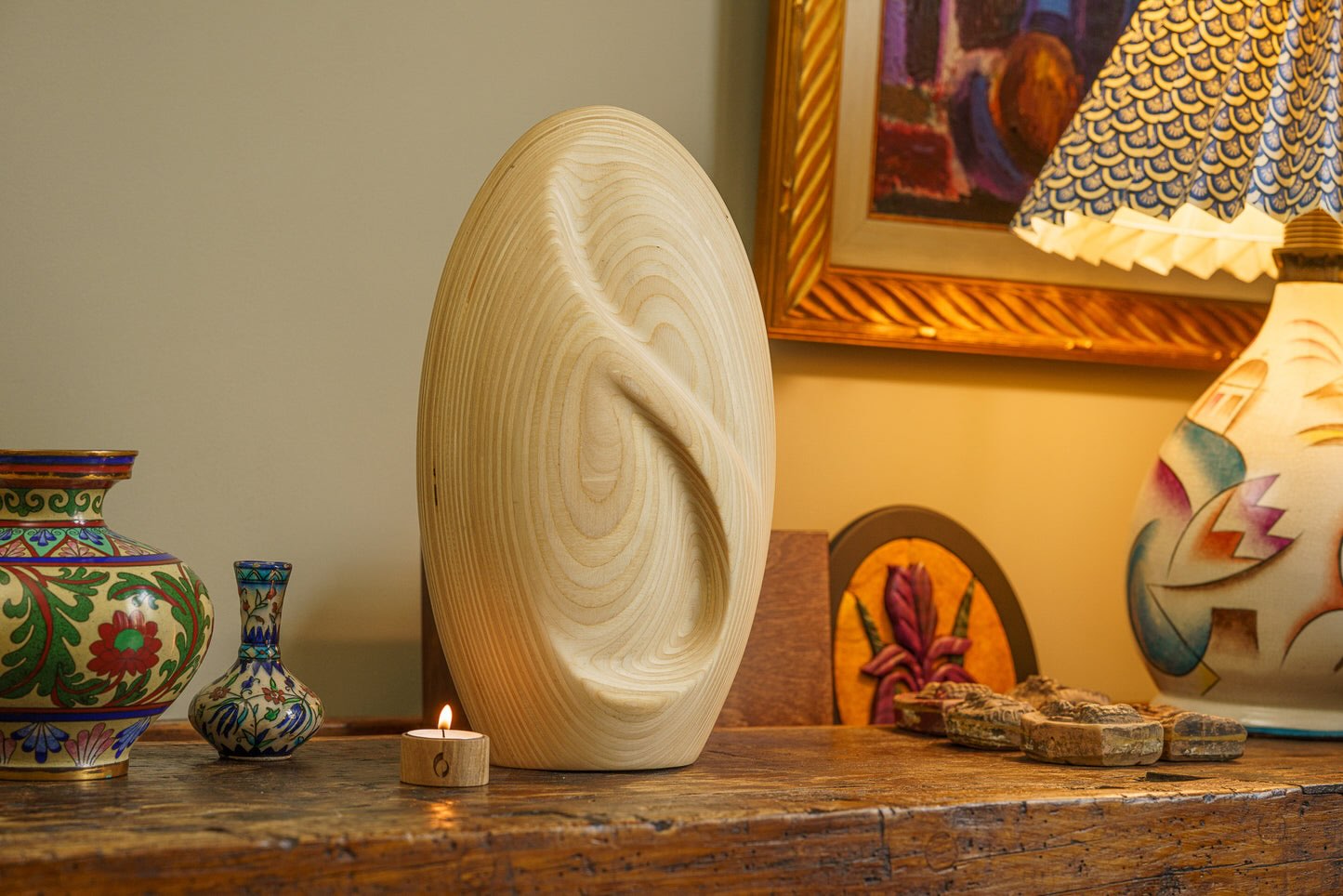

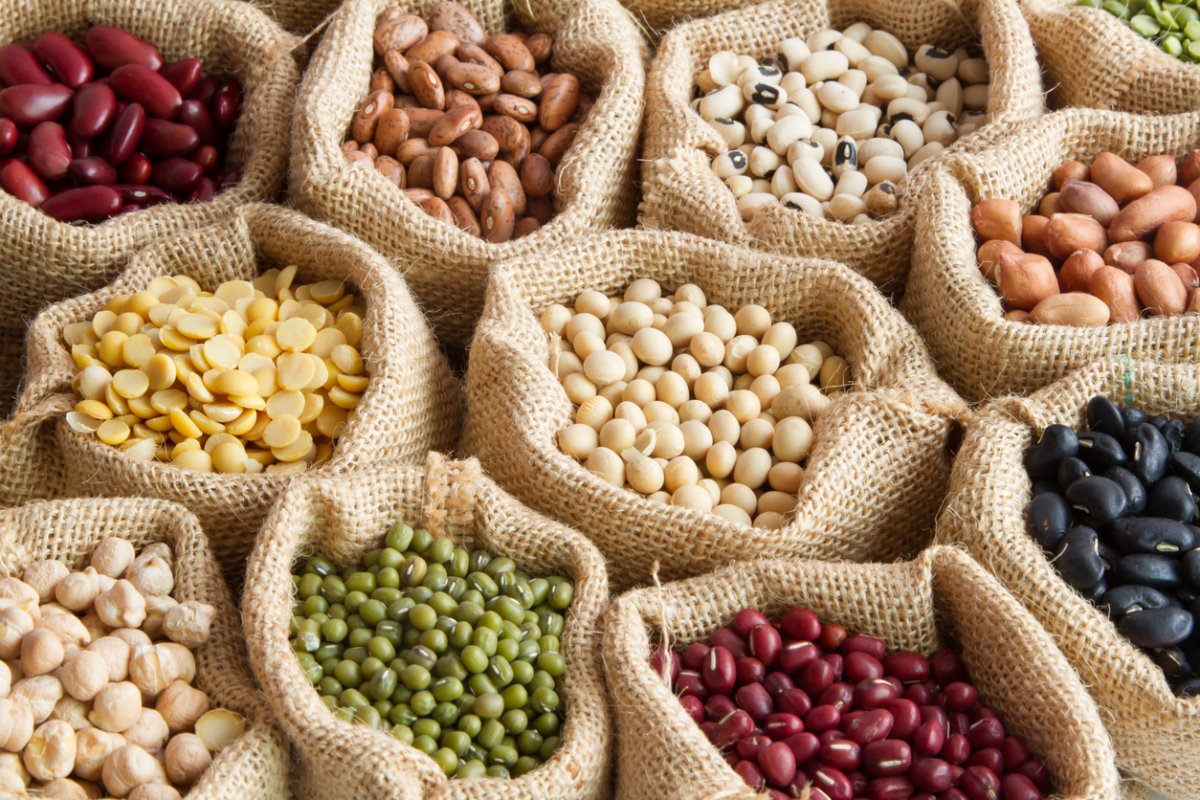
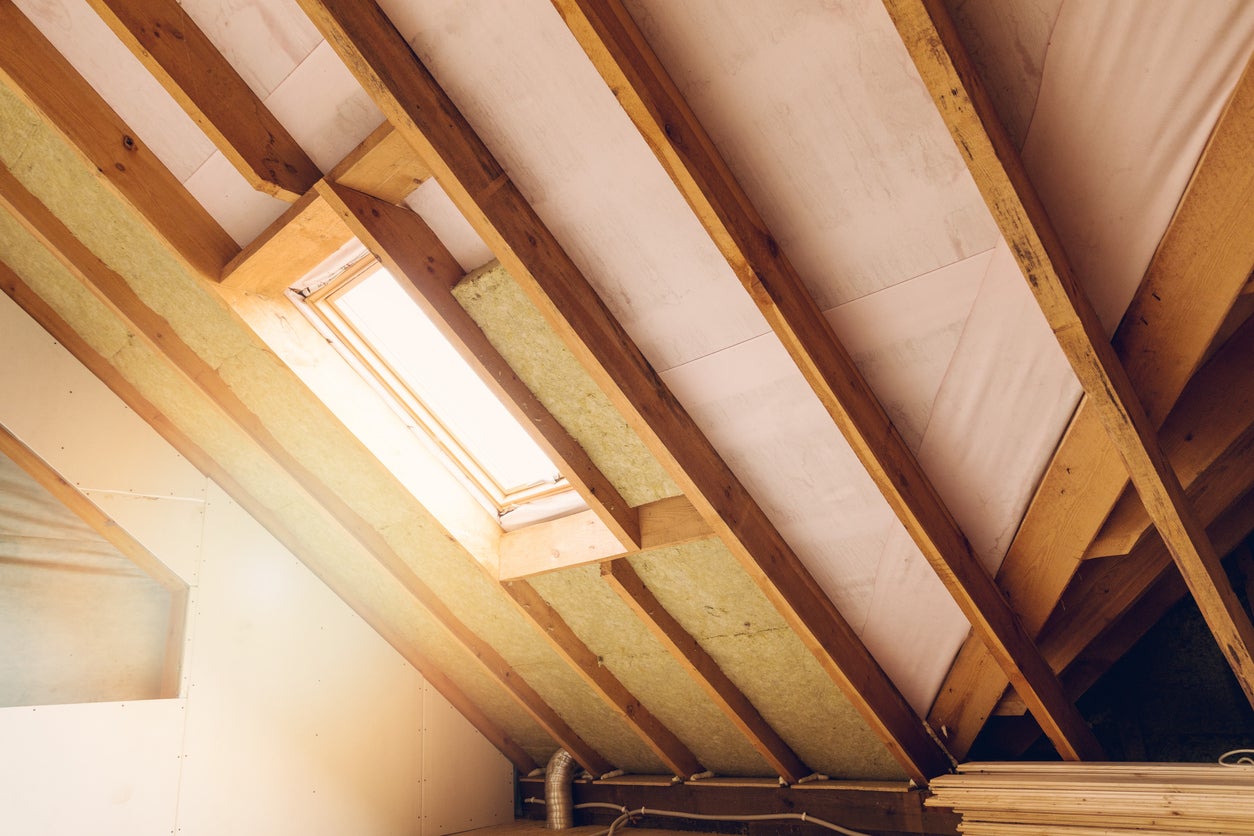
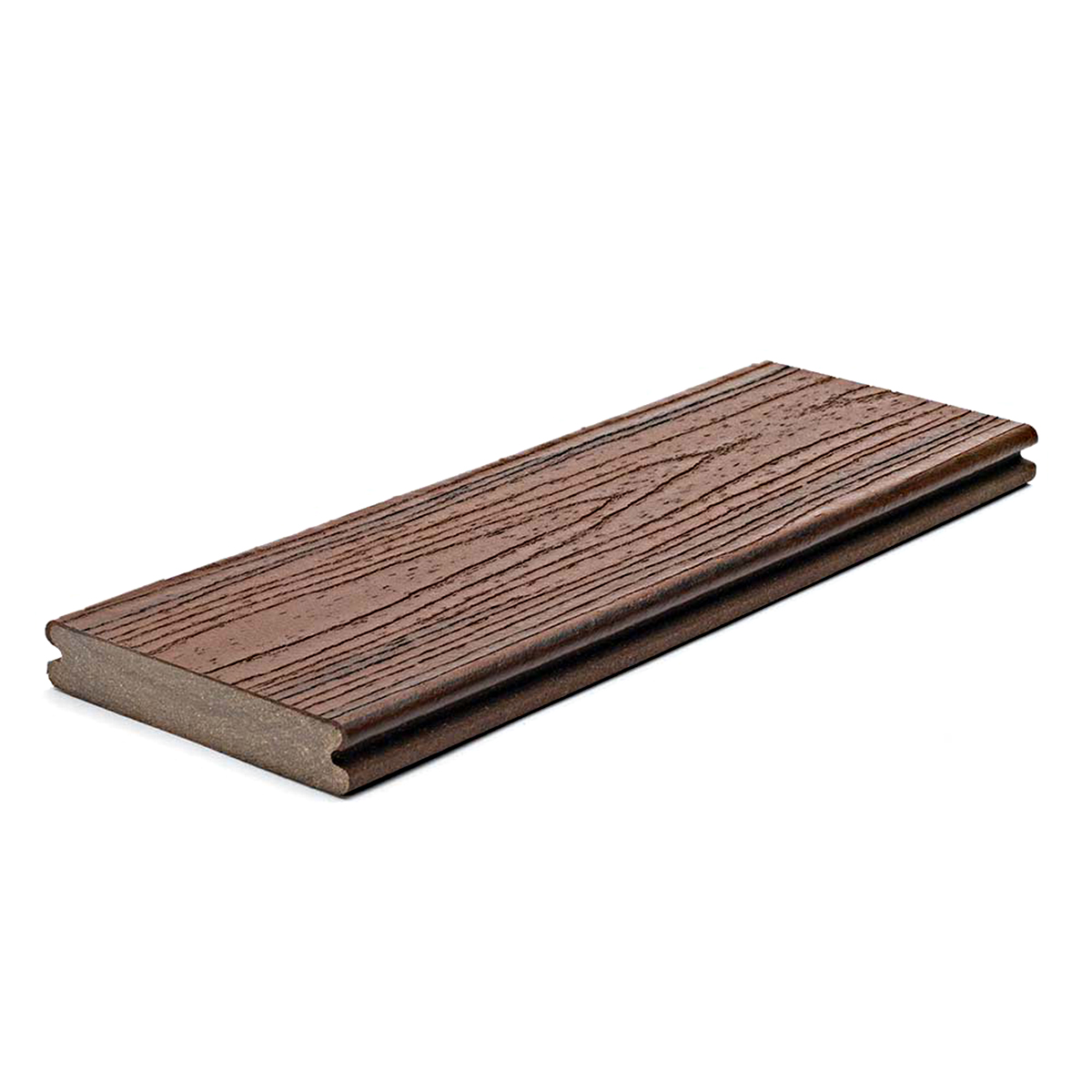



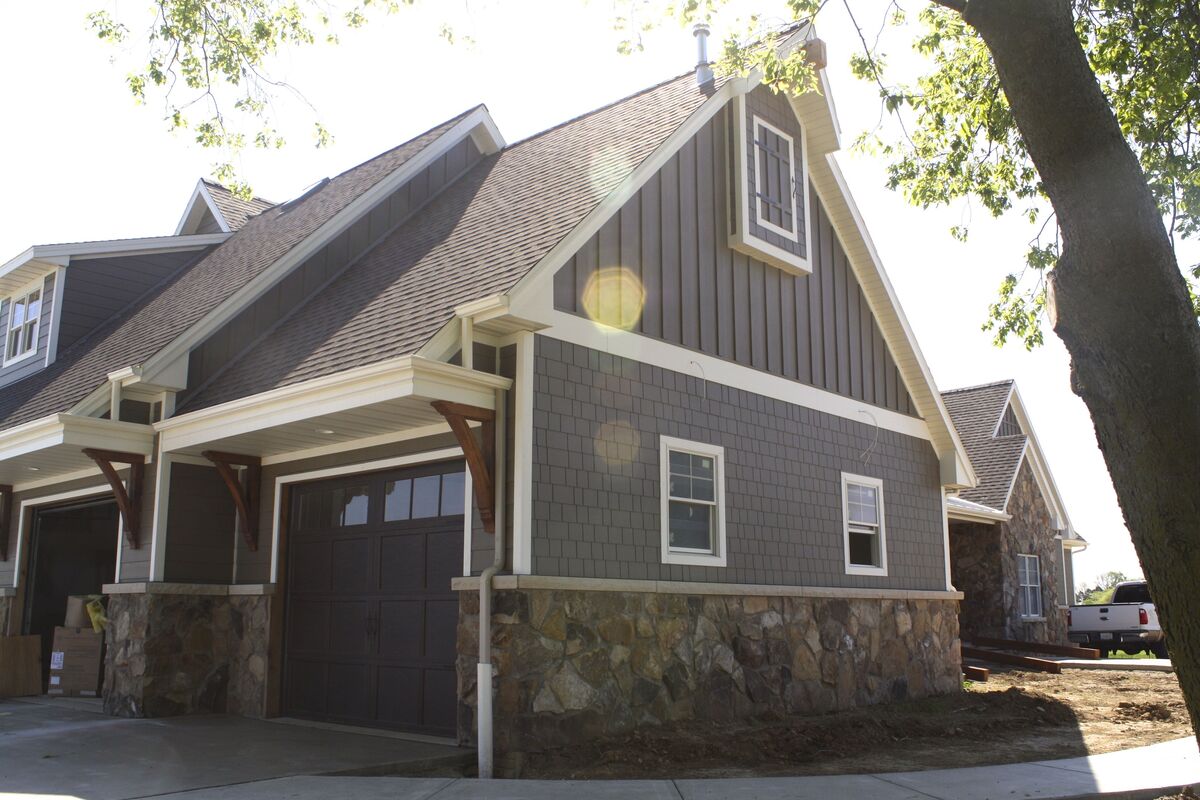
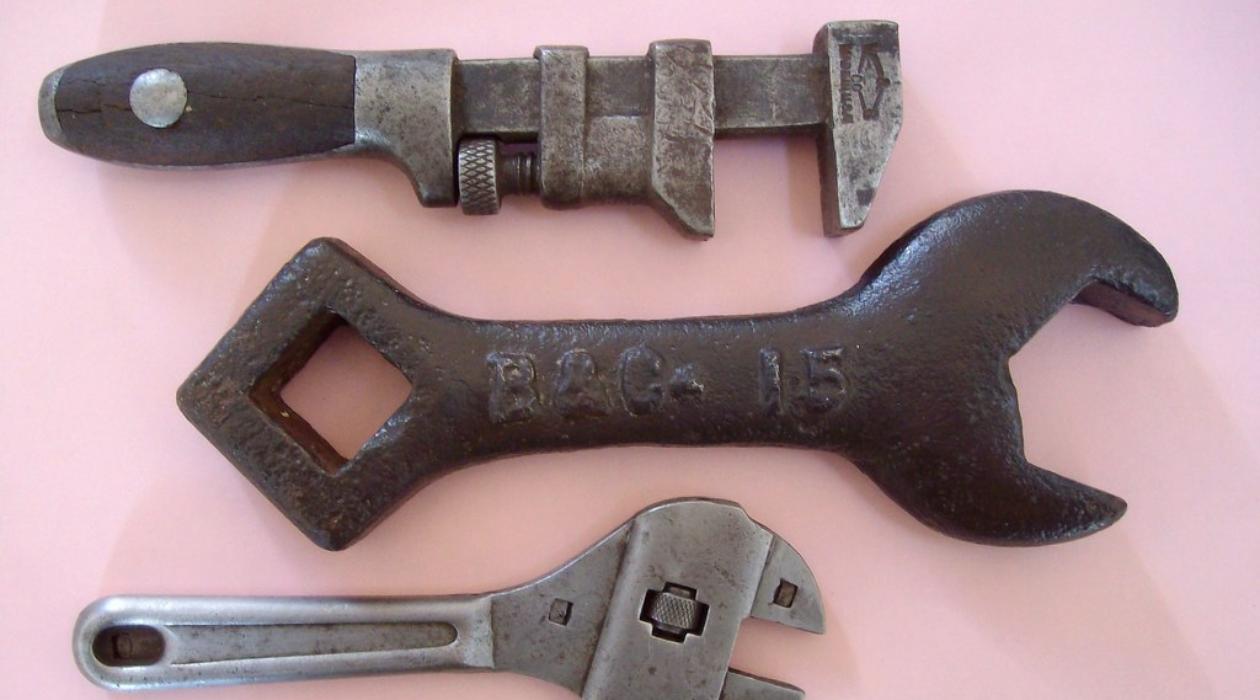
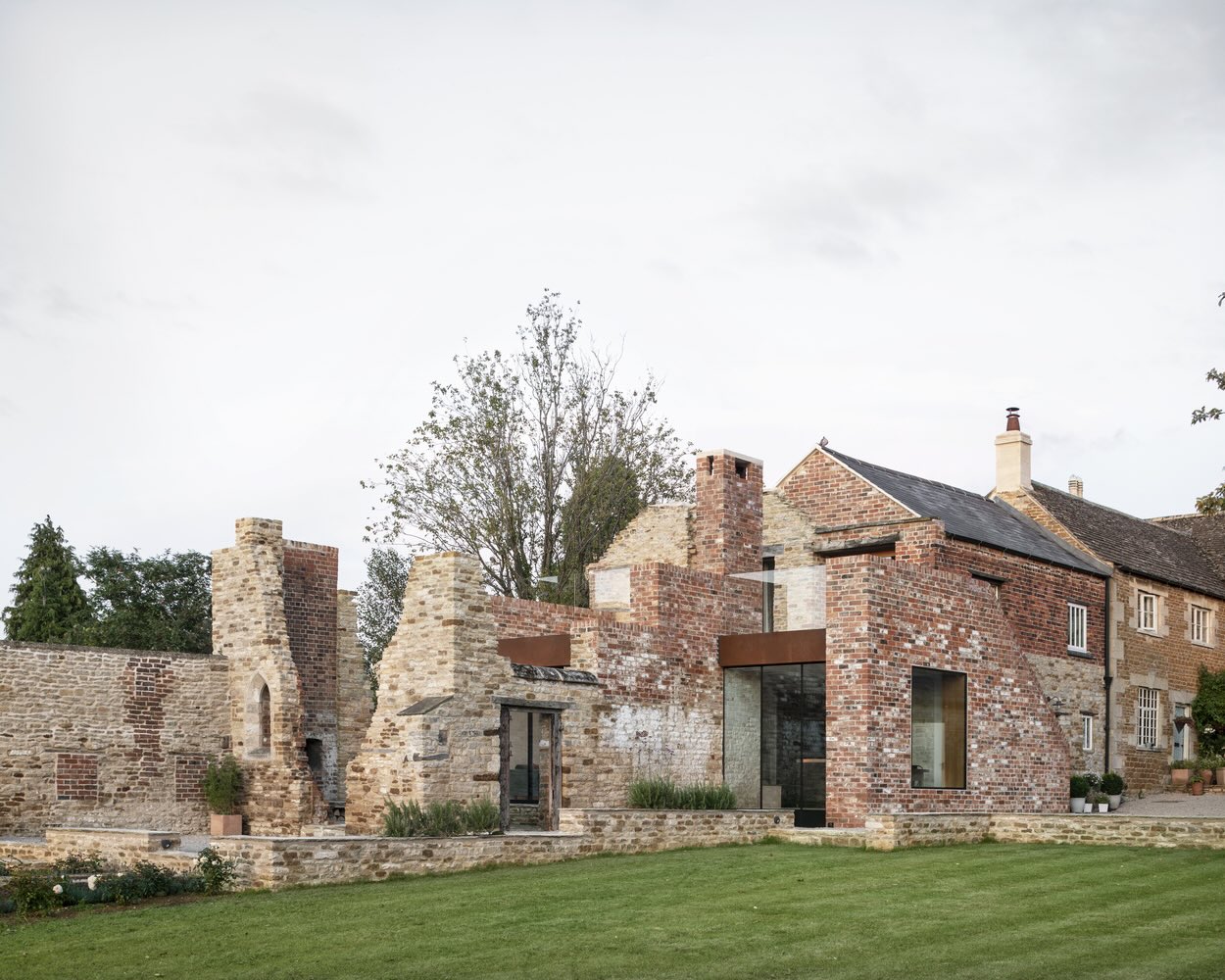
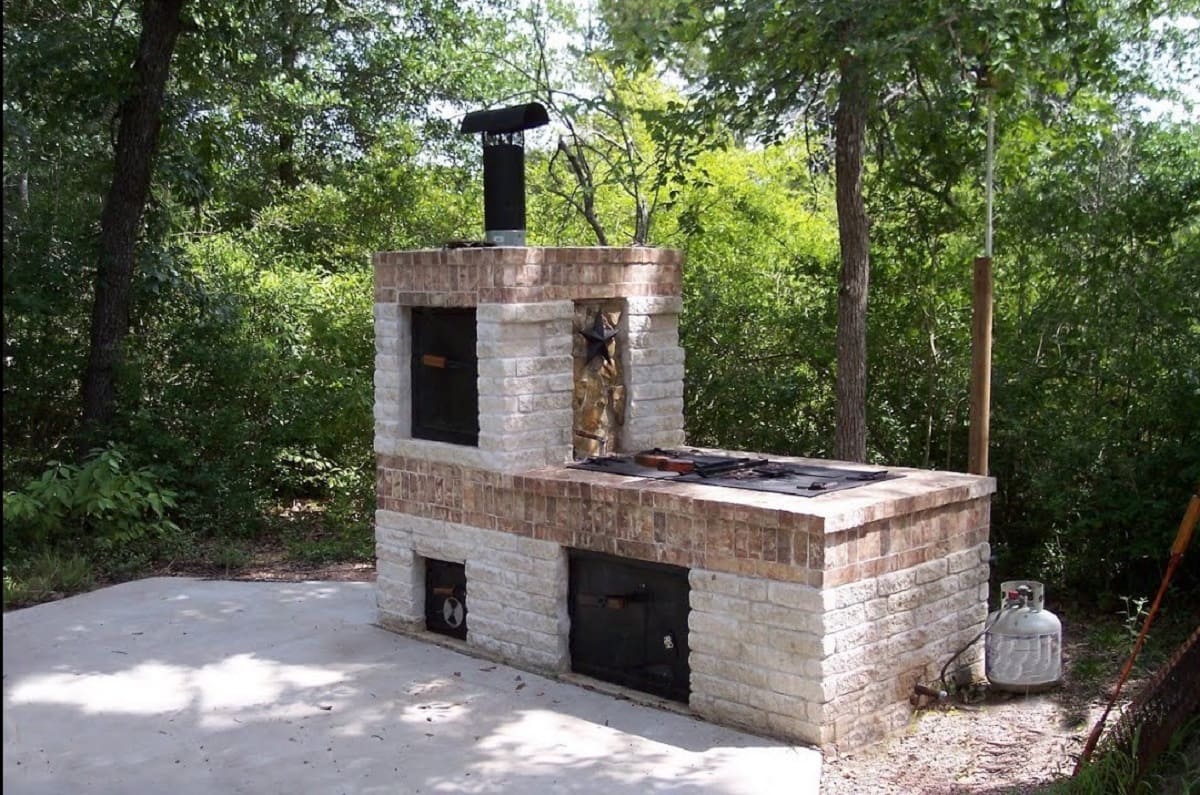


0 thoughts on “What Is Brick Made Out Of”